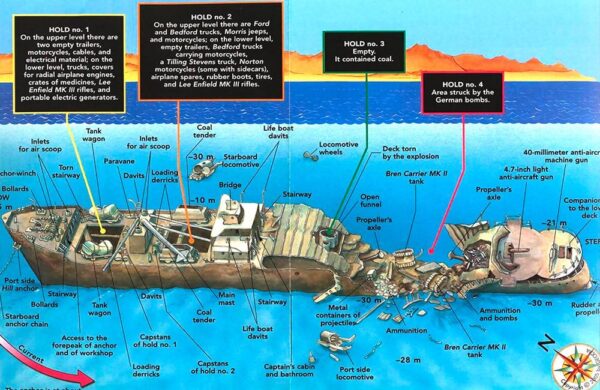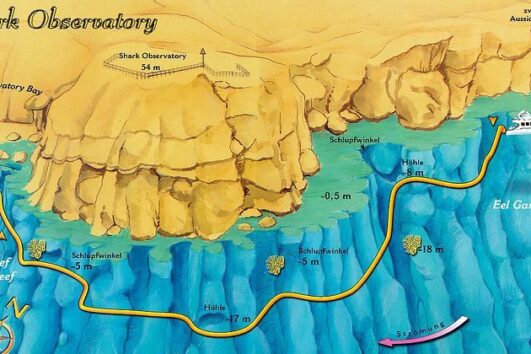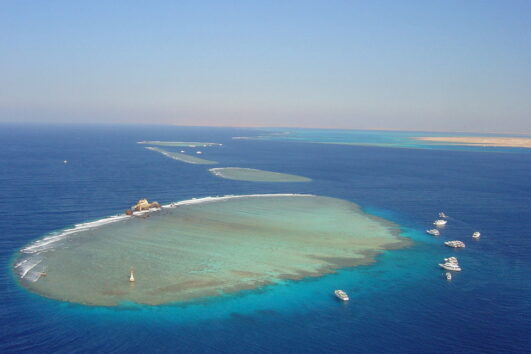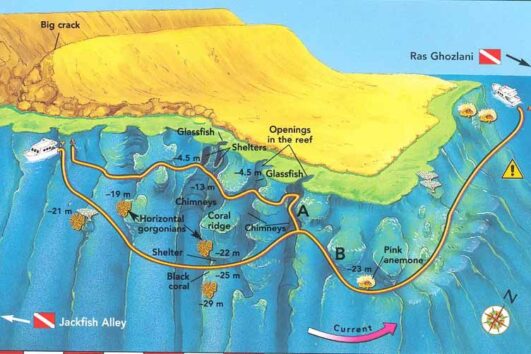Thistlegorm Wreck
THE THISTLEGORM, its Gaelic name meaning BLUE THISTLE, was a British transport ship belonging to the Albyn Line shipping company
| Category: | Dive Sites |
|---|---|
| Tag: | dive sites |
THE THISTLEGORM, its Gaelic name meaning BLUE THISTLE, was a British transport ship belonging to the Albyn Line shipping company, is 126.5 meters long, a capacity of 4,898 tons and had a `three cylinder steam engine developing 1,860 HP that gave the vessel a speed of around 10 knots. The Thistlegorm was built to transport refurbished wartime materials for the British troops. In May 1941 with a crew of 39 men it had left the port of Glasgow, Scotland, with a cargo of munitions, bombs of different kinds, anti-tank mines, Lee Enfield MK III rifles, hundreds of BSA, BSA W-M20, Matchless G3L and Norton 16H motorbikes. Bedford, Morris and Ford trucks. Four light Brengun Carrier MK II tracked vehicles. Two steam Stanier 8 F locomotives complete with two coal tenders and water tankers. On the night of the 5-6 October 1941 two German Heinkel HE III bombers, coming from their base in Crete, sighted and attacked the ship. It was hit by two bombs on hold no.4 where the munitions deposit amongst other things was situated. The Thistlegorm sank in an upright position on a flat, sandy seabed 30 meters deep at 1.30 am on the 6th October 1941. Jacques Cousteau discovered the wreck in 1955 and mentioned it in an article published in February 1956 in the monthly National Geographic Magazine. Jacques Cousteau did not reveal the position of the wreck, thus it went forgotten for almost 40 years until 1991 when it was rediscovered by an Israeli skipper. In a short time The Thistlegorm has become a great favorite with scuba divers from all over the world and is now the most visited wreck in the whole Red Sea.






Tour Reviews
There are no reviews yet.
Leave a Review